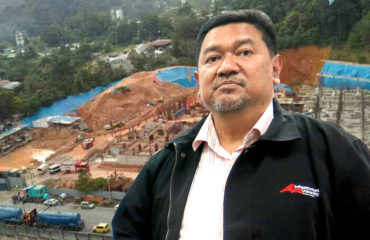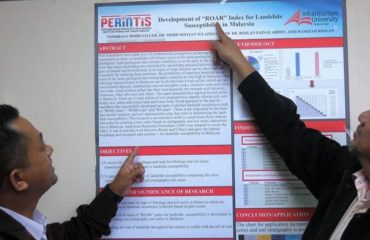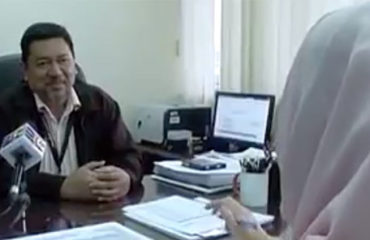
IF THE name of your housing estate have the words “highland”, “heights” or bukit in it, chances are you are in danger of a slope erosion.
Infrastructure University Kuala Lumpur’s vice-chancellor and president Prof Dr Roslan Zainal Abidin said places like these were at a higher risk compared to other areas.
“Any area in Malaysia resting on a slope is at risk.
“The soil content is also another indicator.
“The higher the sand and silt content, the faster it will fail compared to clay,” he said.
Rainfall, as many know, does contribute to soil erosion especially here in Malaysia due to the high rainfall.
International standards of rainfall causing erosion is 34mm per day, but in Malaysia just 20mm a day is enough to trigger an erosion process, added Dr Roslan.
He said Malaysia had 3,500mm of rainfall a year, and based on his findings, continuous rainfall over three days could cause a landslide.
“No one bothers to take pictures of soil moving during heavy rainfall.
“But you would be able to see the movements.
“It is very interesting to study,” he added.
Dr Roslan, who has been studying landslides and soil for the better part of his life, has conducted a number of studies and is now embarking on another one, called the ROAR Index, that will help local councils identify potential hotspots.
He and his research partner, Civil Engineering Department I-Geo Disaster Research Centre (a unit under IUKL) head Dr Mohd Sofiyan Sulaiman, are superimposing the locations of past landslide tragedies on the soil series map by the Agriculture Department and the soil geological strata map by the Mineral and Geoscience Department.
The locations of the past tragedies were obtained using older mechanisms, including the ROSE Index (degree of rainfall erosivity) and the ROM Scale (degree of soil erodibility).
Based on past research, he added, they had found that landslides always occurred in the same geological and soil series with the same anomaly.
“The research is currently ongoing, and we are mapping out locations across the country. We expect to deliver the results by the end of 2017,” said Dr Roslan.
In the past, he said, researchers and engineers had to do soil sampling as well to retrieve exact data, but using this method, the sampling could be done as an added precaution to strengthen the results from the ROAR index.
However, while waiting for this much needed indicators, Dr Roslan said there were ways the local councils could help minimise the risks of such incidents occurring.
The first thing, he said, would be to identify the base soil for any development so that they could understand the level of risks involved.
“Most slopes are covered so it is hard to see the nature of the base underneath the concrete carpet,” he stated.
“There are three types of erosion that can be seen on the surface of the slope, including, sheet, gully and rill.
“Sheet erosion is the most common here,” he added.
While Malaysia has good retaining walls, its effectiveness depends solely on good maintenance.
Dr Roslan said most of the water outlets on the retaining walls and slopes were blocked or clogged with silt, making it hard for water to flow out.
Monitoring slopes, he added, could only be done with a dedicated team in each council and filing weekly reports.
“They should also look for signs of distress and other indicators like the misalignment of roads and crooked trees.
“In fact, in Hong Kong, each slope in the country has its own identity number, making it easier for the maintenance process,” he stressed.
Councils with slope areas and high-risk neighbourhoods, he added, should ensure that they educate owners of the affected areas.
The public should be taught how to recognise signs of distress as a pre-emptive measure.
Source: The Star



